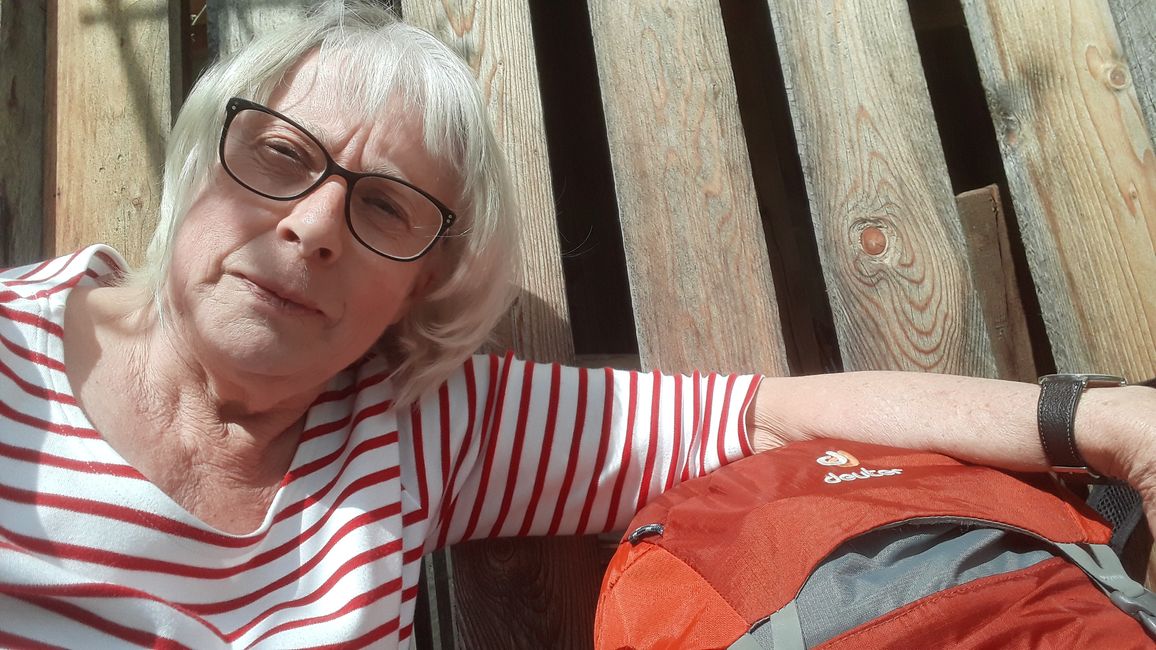
maria-zu-fuss-unterwegs
vakantio.de/maria-zu-fuss-franziskusweg
Day 18 Monte Subasio: wide slopes with a sea of flowers
Byatangajwe: 01.05.2024
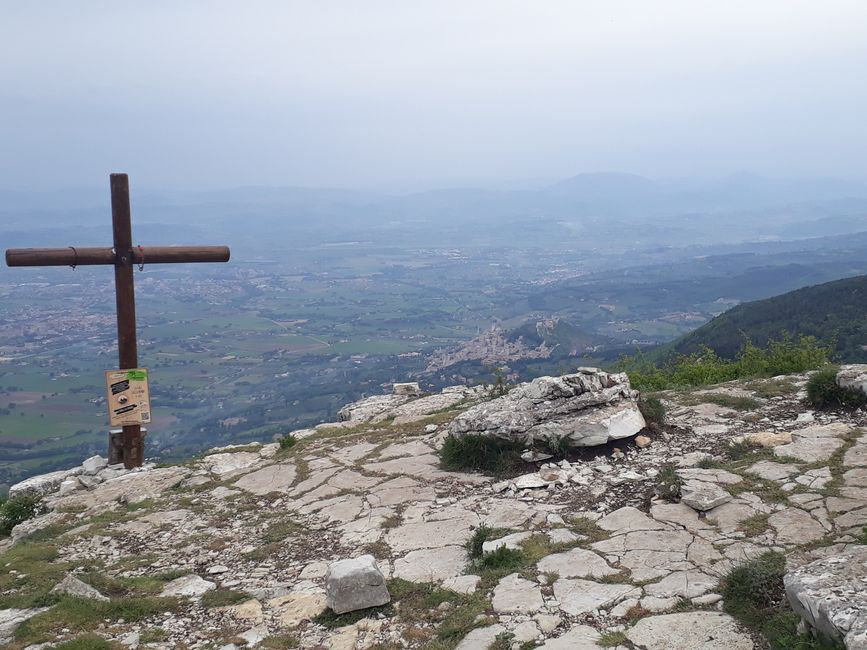

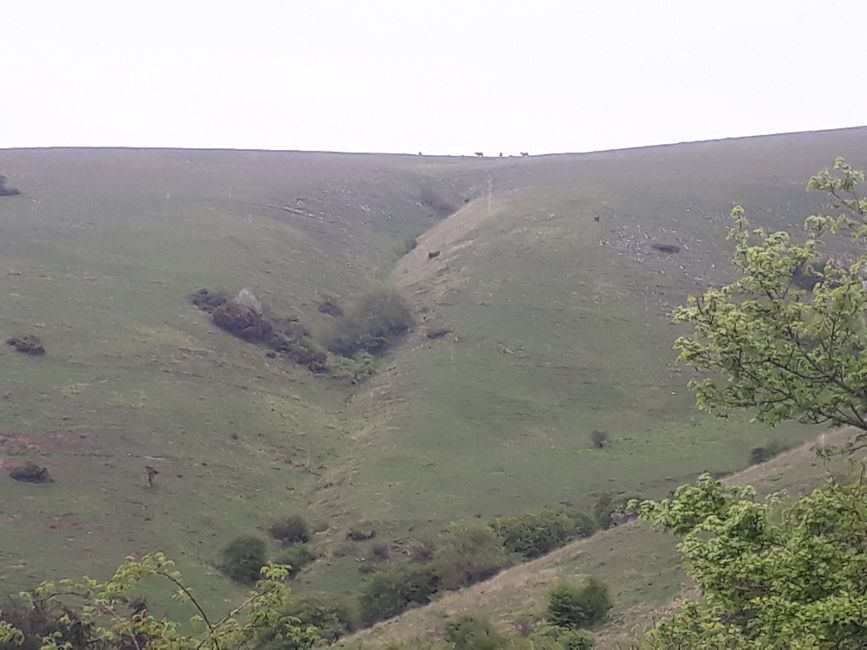
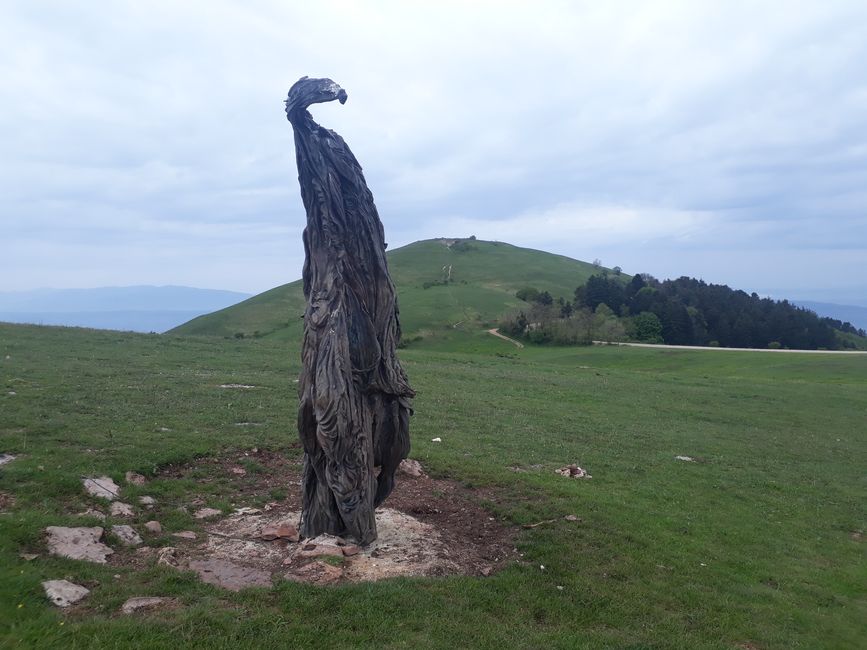
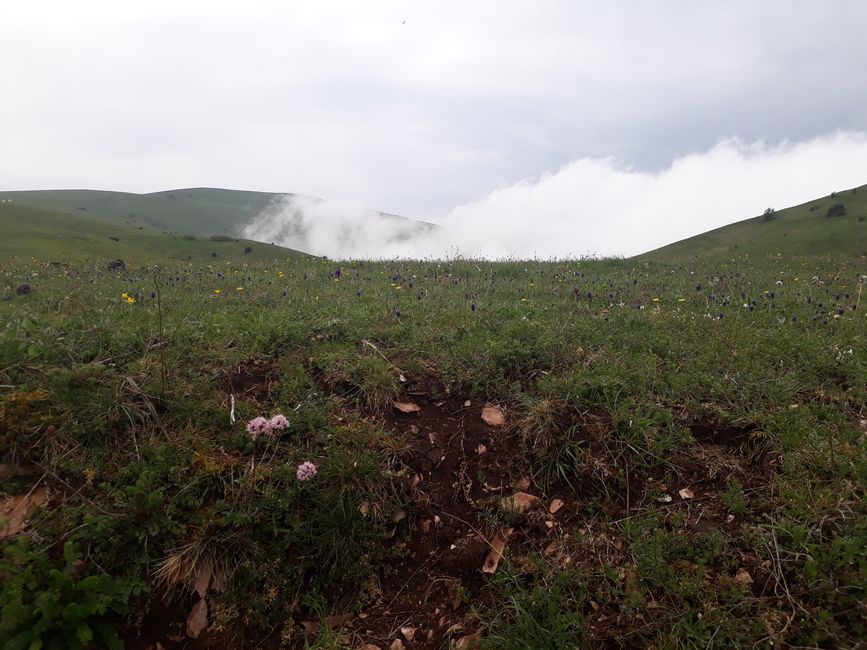
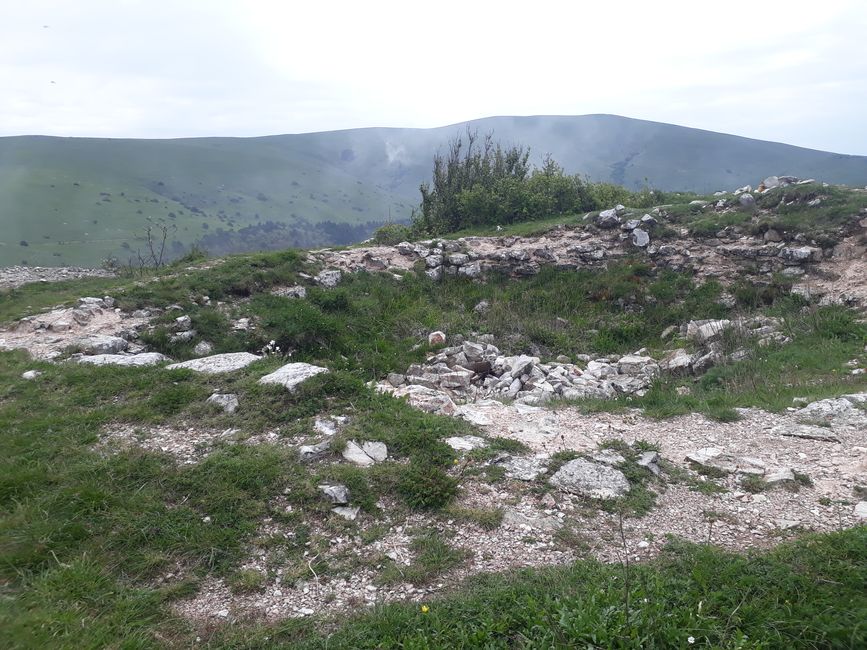
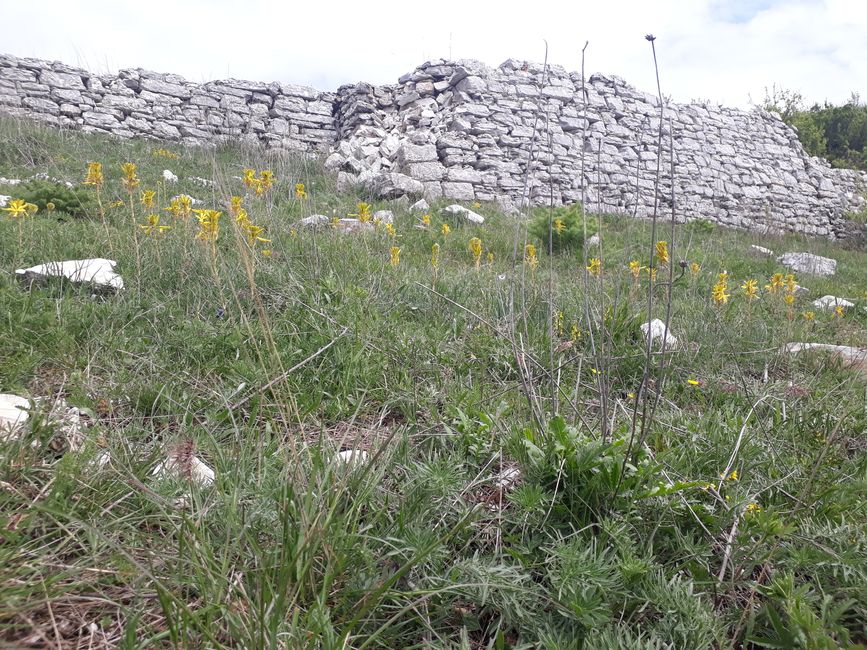
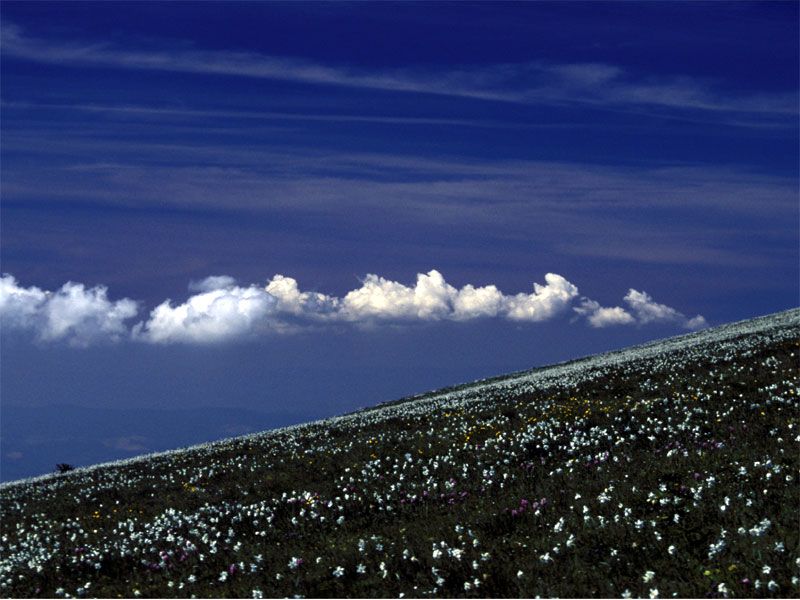

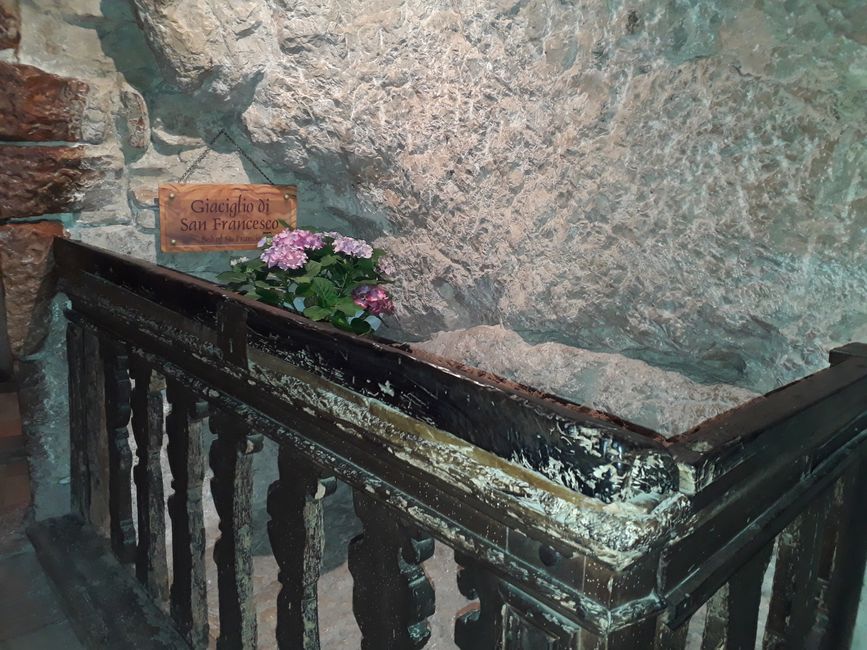
Iyandikishe mu kinyamakuru
Today it will be mundane again, because we are going out into nature and up Monte Subasio. The ideal hike for me, which was shaped in an alpine region: The path goes up here once (from 424 to 1269 meters) and then back down again. This is practical because, firstly, you can't get lost and, secondly, you know in advance when the puffing will end.
It was different in the last two weeks. It was an exhausting climb up, down, up, down and at the end there was usually a steep climb again (and when I say "steep" here, you can imagine "very steep"). That's just how it is, the most beautiful places are high up.
Monte Subasio, contrast to the Umbrian plain
Monte Subasio has two sides: the slopes to the east are very steep. A particularly attractive spot is marked by a cross. Here you seem to be floating above the landscape in the valley. If you are brave enough to venture to the edge, you have a wonderful view of Assisi.
In the west there are long, furrowed slopes lying on karst. I am lucky to be here in spring. The play of colors of the flowers on the meadows above the tree line is fantastic. The daffodils in bloom are a feast for the eyes, spreading over the slopes like a white carpet. At this very spot, low clouds and then heavy rain made the phone unusable as a camera. That's why I downloaded a picture (the source is included).
My recommendation: come here in spring to hike this circuit. You won't regret it. And if you're lucky, you'll come across herds of free-roaming horses. I can follow about 30 of them. Unfortunately, a deep furrow separates us and so I can't get any closer to them.
Colle San Rufino
Once you have passed the summit of Monte Subasio, you continue along the mountain edge from the north. The cone-shaped Colle San Rufino opens up in front of you. It is exciting in many ways:
The karst subsoil has caused several sinkholes of varying sizes to form on the hill. The largest is at the highest point of the hill. Here, too, the meadow is covered with spring flowers.
If you want to discover even larger sinkholes, you have to climb Monte Civitelle to the east. There you will find several sinkholes with an axial diameter of up to 260 meters.
Evidence has been found on the Colle San Rufina that there were sacred sites at this location in prehistoric times. Sitting here, you can easily imagine that people in early history attached special importance to this place. As if on cue, a cloud descends before my eyes and glides gently down the slope. This sight gives me a special feeling.
Hermitage of the Carceri
Once you have left Monte Subasio and Colle San Rufino behind you and are on your way back to Assisi, you will come across the Carceri hermitage.
It also owes its special characteristics to the karstic area. A deep ditch runs into the valley and at this point offers a view between the wooded slopes. A monastery was built over this gorge. Part of the hermitage spans a grotto.
With winding corners and very small doorways, it leads from one room to another, from a chapel to small cells. Francis and other hermits sought peace and contemplation here. A railing, a plaque and a floral arrangement mark the stone on which Francis slept.
Today, two or three of the brothers live here permanently. The hermitage is beautifully maintained. My first visit took me here this morning. At 7:30 in the morning, I found all the rooms attractively lit and lovingly decorated. It was a strange feeling, because there was no one to be seen.
Monastery of San Damiano
At the end of the day, there is a detour to the monastery of San Damiano below Assisi. An atmospheric ensemble that played an important role in the lives of the two saints, Francis and Clare. In front of the cross in the church, it is said, Francis found his calling to renew the church. He began to renovate the dilapidated church of San Damiano.
Clare lived in the monastery until her death; her remains are now in the crypt of the Basilica of Santa Chiara in Assisi.
Iyandikishe mu kinyamakuru
Igisubizo (2)
Liebste Maria, ja, ich „verfolge“ Dich und habe totalen Respekt vor Deiner Leistung !! Deine Wegbeschreibung ist super. Was mir etwas fehlt sind persönliche Gefühle in Situationen - die Deine LeserInnen auch nicht alle wissen müssen - die kritisch zu betrachten oder Dich überbordend glücklich machen. Begegnungen mit Menschen, z.B.
Das alles dann persönlich !
Wie kann man denn anders, als nett zu Dir zu sein ??? Umschlingelung herzlich von uns.
Dieter und Antje
Herzlichen Dank und liebe Grüße. Dranbleiben: Gefühle kommen mit dem neuen Post :-)
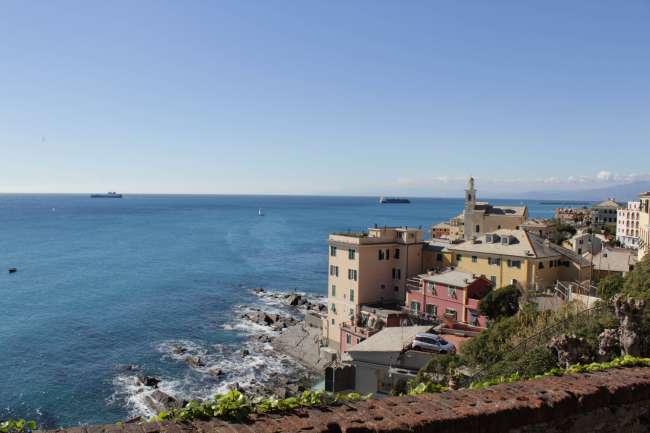
Raporo yingendo Ubutaliyani
